Greek desserts are a delightful blend of rich flavors, fragrant spices, and centuries-old traditions. Rooted in ancient Greek, Byzantine, and Ottoman influences, Greek desserts often feature ingredients like honey, nuts, citrus, phyllo dough, Greek yogurt, and aromatic spices like cinnamon. From syrup-soaked pastries to creamy custards and citrus-infused cakes, these treats offer a taste of Greece’s sweetest traditions.
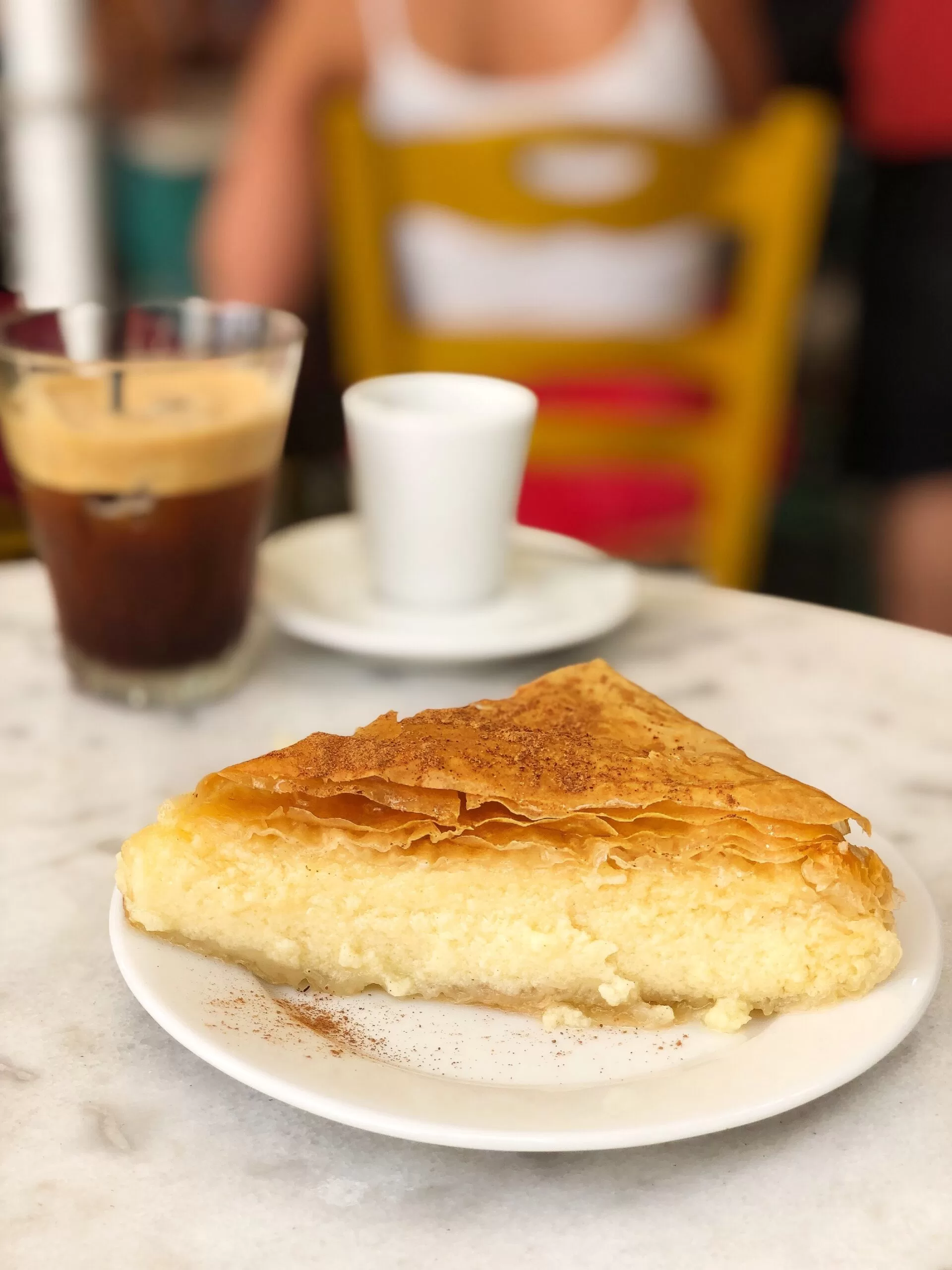
Galaktoboureko is a traditional custard pie. The name comes from the Greek word gala (milk) and the Turkish börek (a type of pastry). A semolina-based custard is encased in layers of crispy phyllo dough and, after it’s baked, soaked in a lemon-honey syrup lightly spiced with cinnamon. In the Athens region, people come from all over for the galaktoboureko at Kosmikon. It’s considered the best in the city!
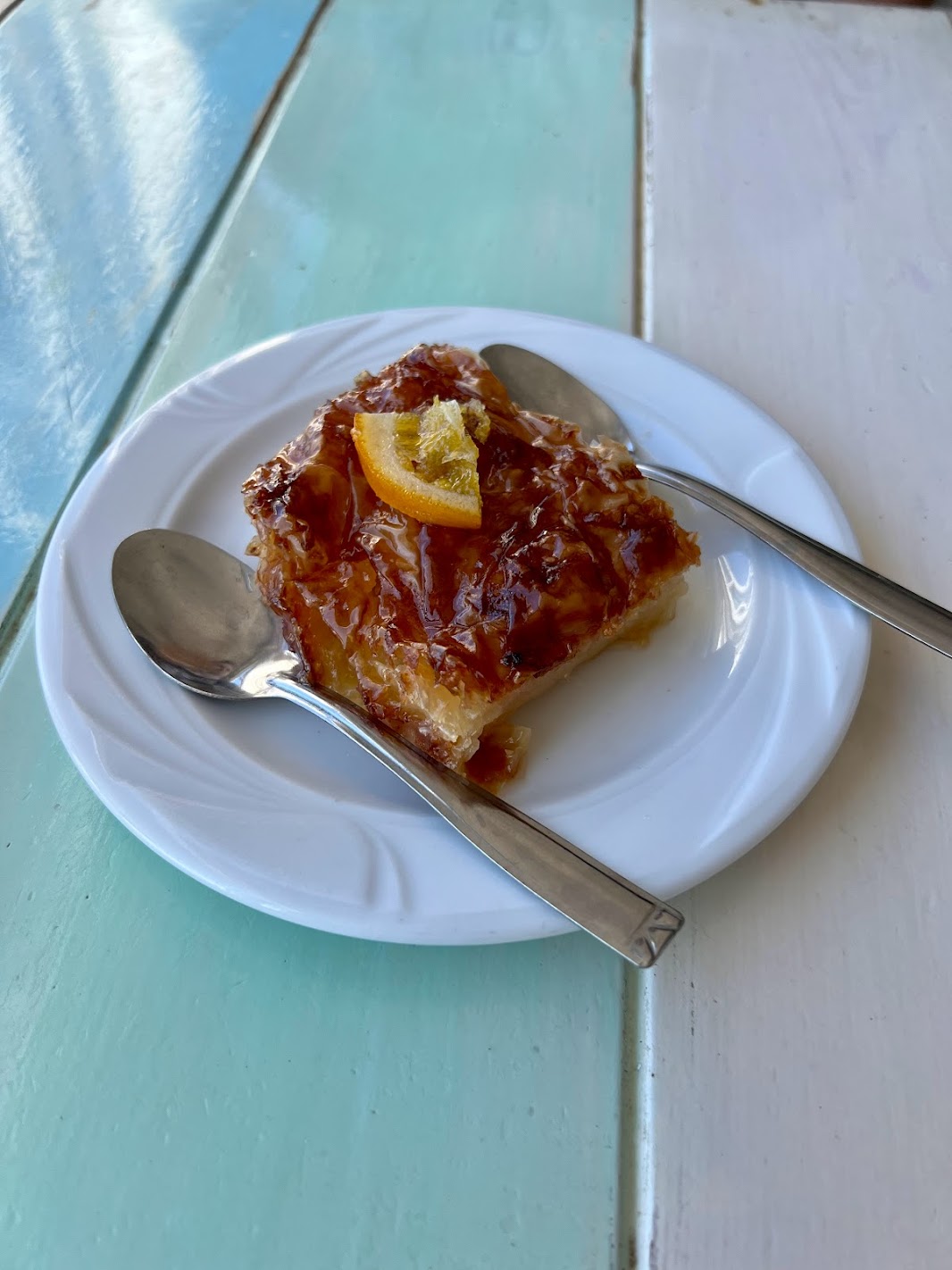
Portokalopita is a syrup-soaked orange phyllo cake. The name comes from portokali (orange) and pita (pie). The cake’s made with shreds of phyllo and a yogurt and orange-based batter. After it’s baked, the cake is soaked in a cinnamon-spiced orange syrup. Since the recipe uses dried-out pieces of phyllo rather than hydrated whole sheets, it’s thought that the cake was invented to use leftover phyllo scraps!
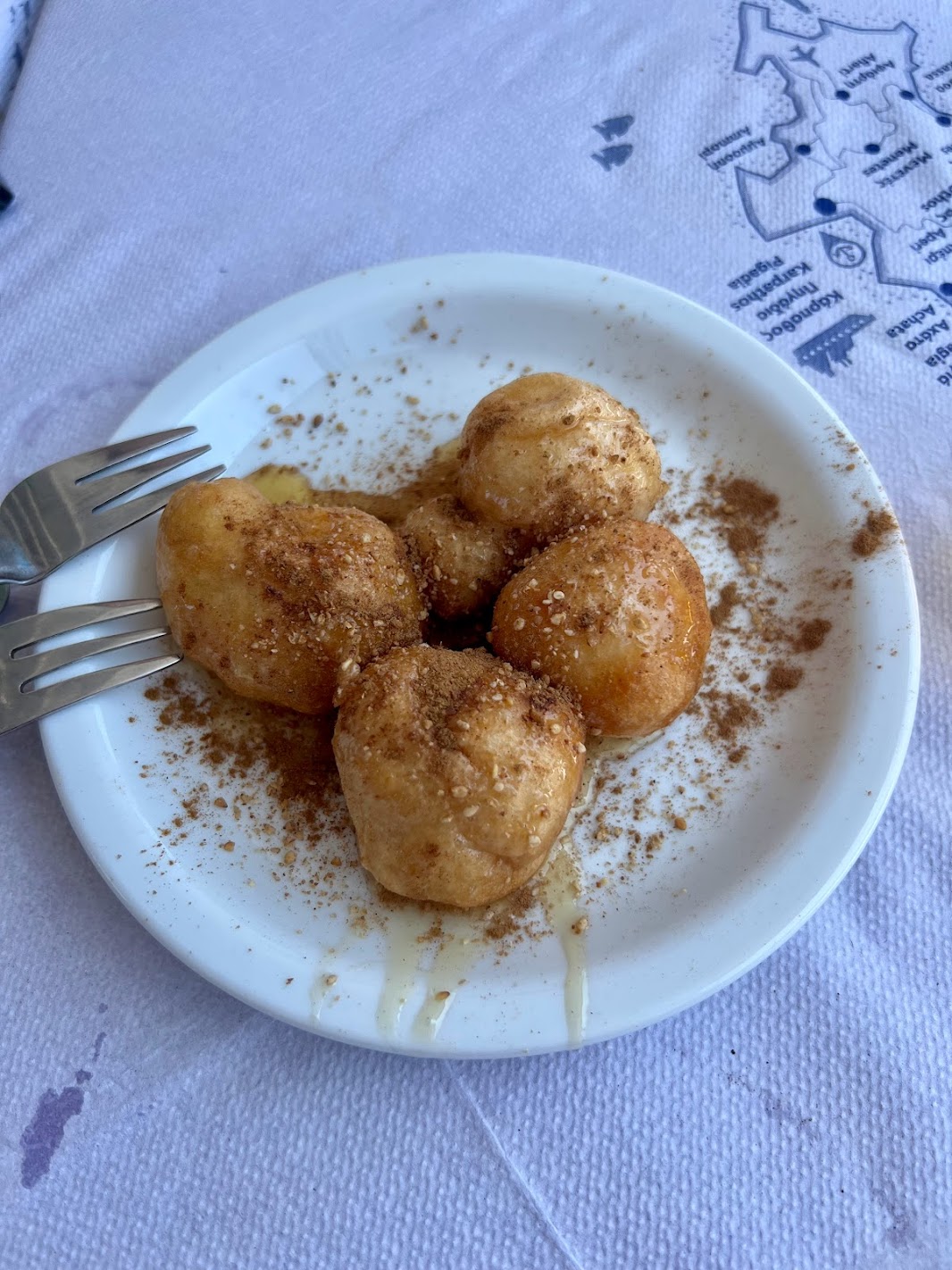
Loukoumades are small, deep-fried balls of dough that are crispy on the outside and fluffy inside. They are traditionally drizzled with honey and sprinkled with cinnamon and crushed nuts or sesame seeds. Loukoumades date back to ancient Greece. They were called “honey tokens” and given to Olympic Games winners! Family-run Krinos, opened in 1923, is the best place to try traditional loukoumades in Athens.
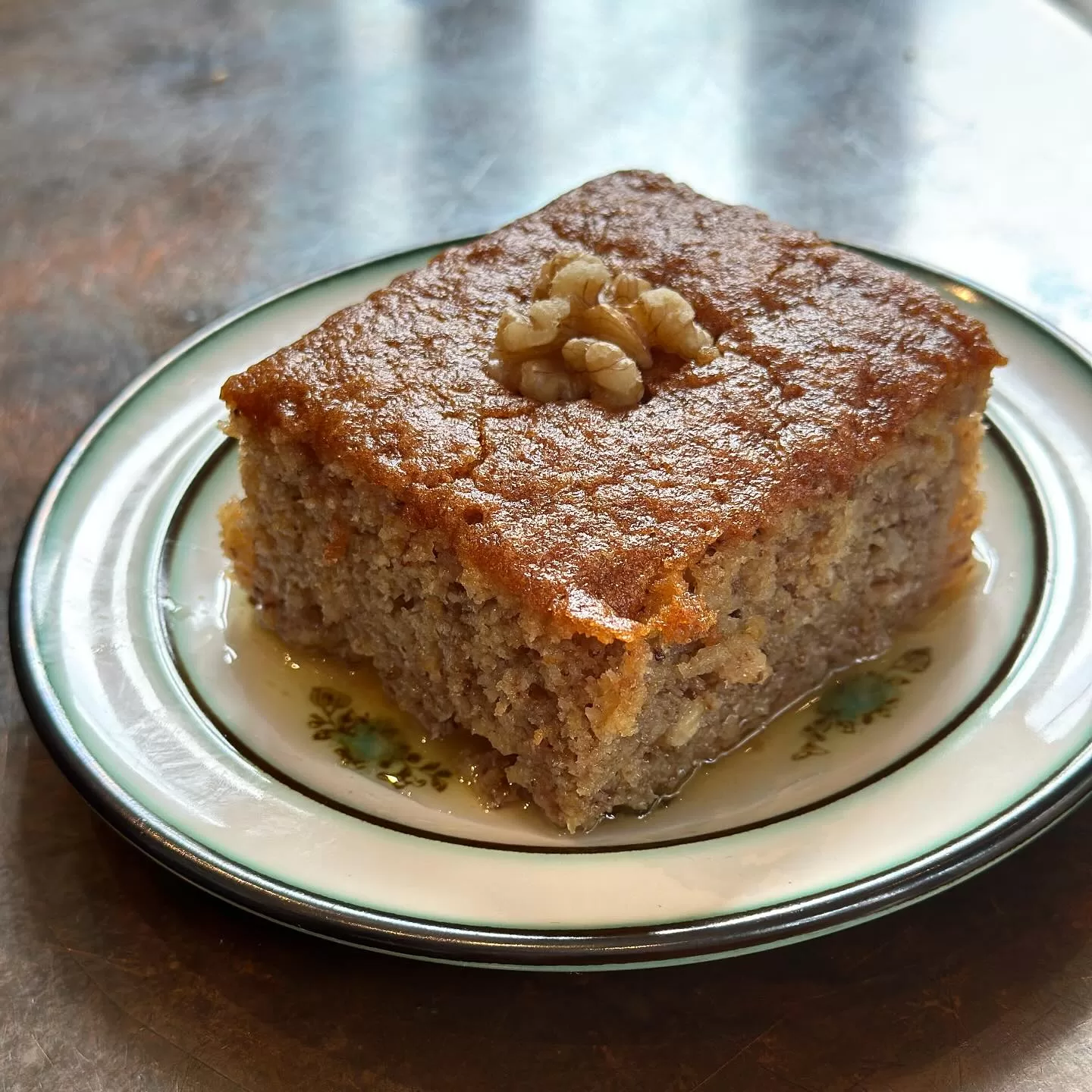
Karydopita is a traditional Greek walnut cake. Its name comes from the word karydia (walnut). The cake is made of walnuts and breadcrumbs or semolina instead of flour. It’s flavored with cinnamon, cloves, citrus, and sometimes cognac or brandy. After the cake is baked, it’s soaked in a spiced sugar syrup.

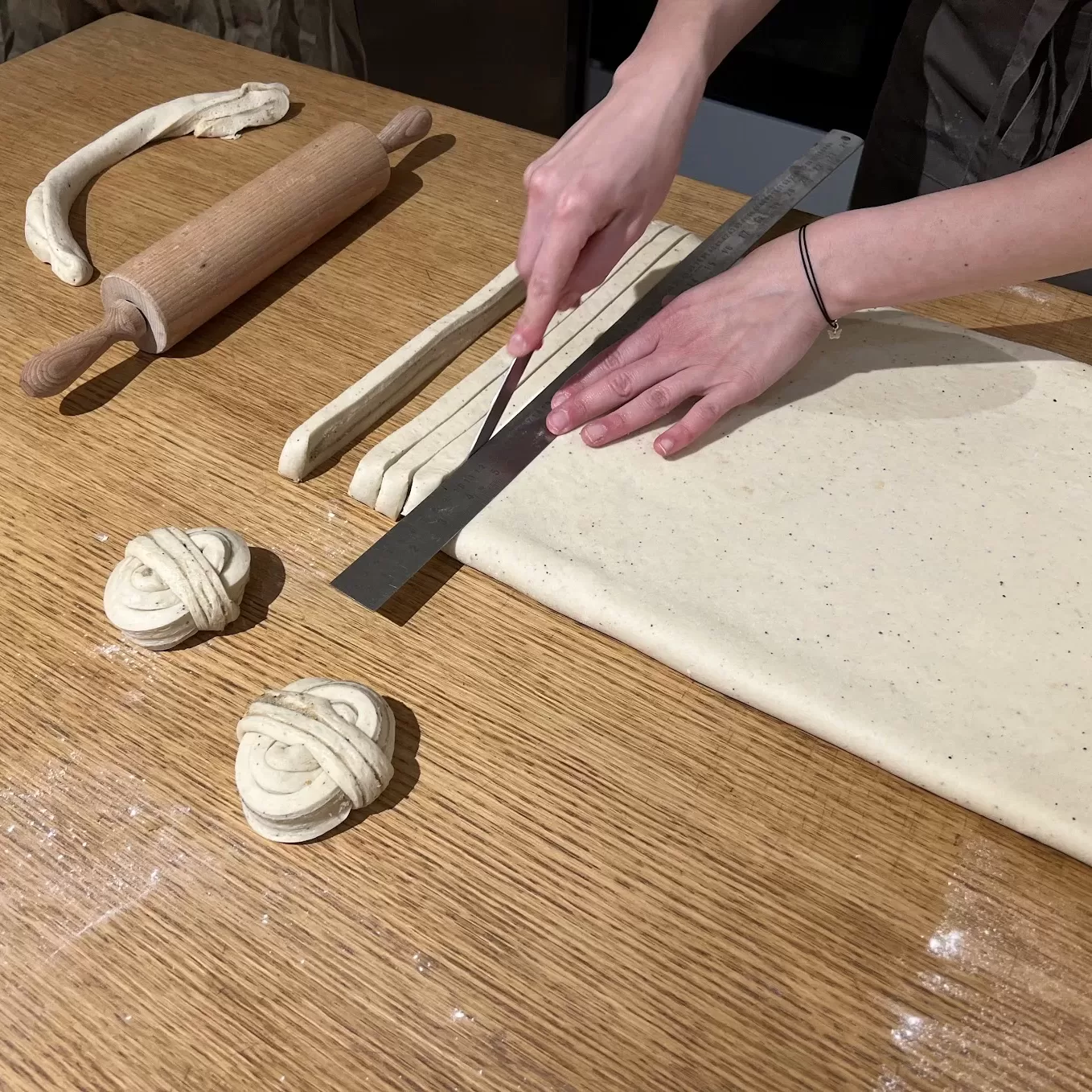


Leave A Comment